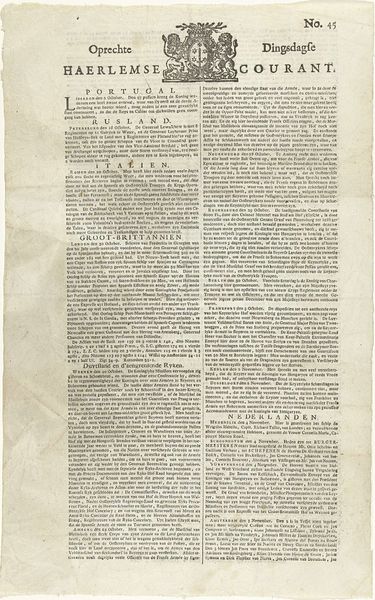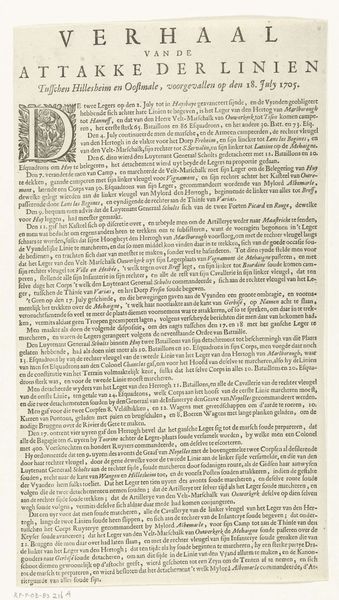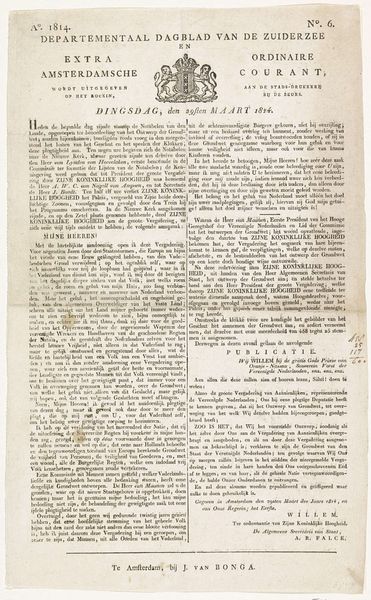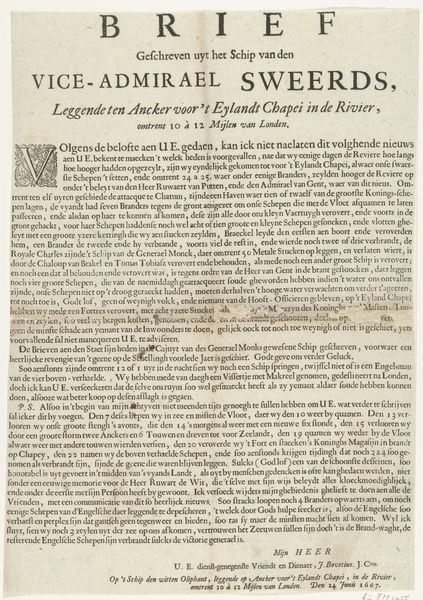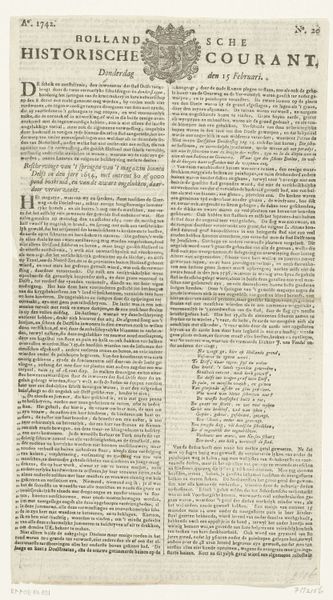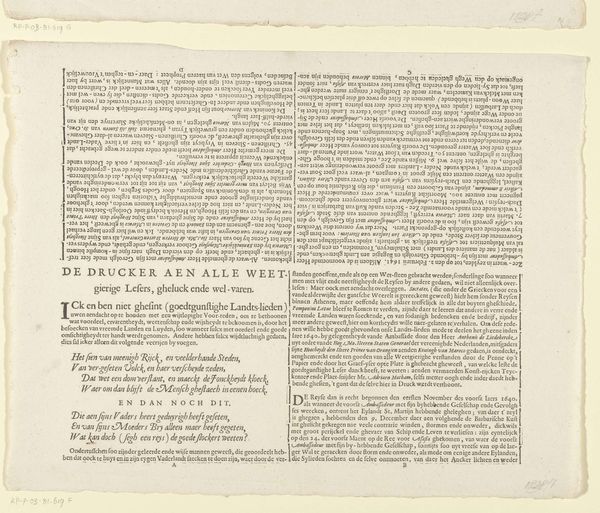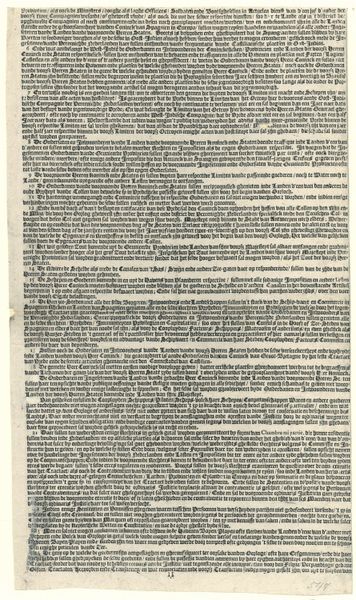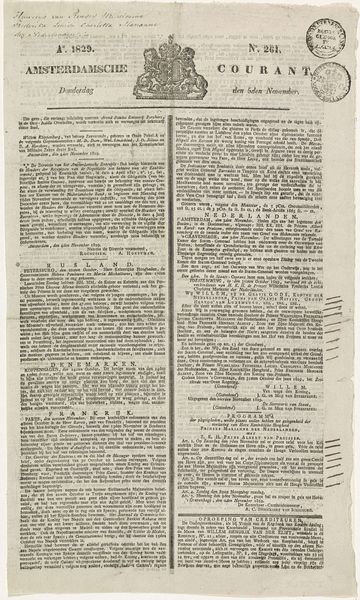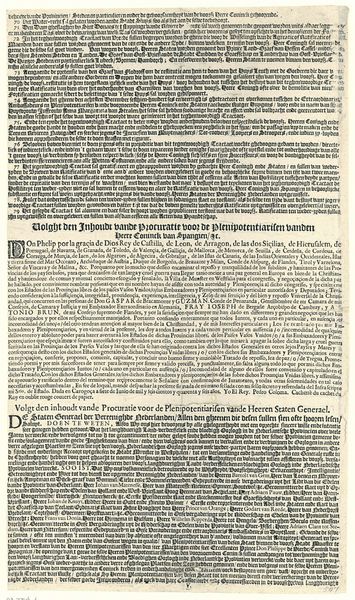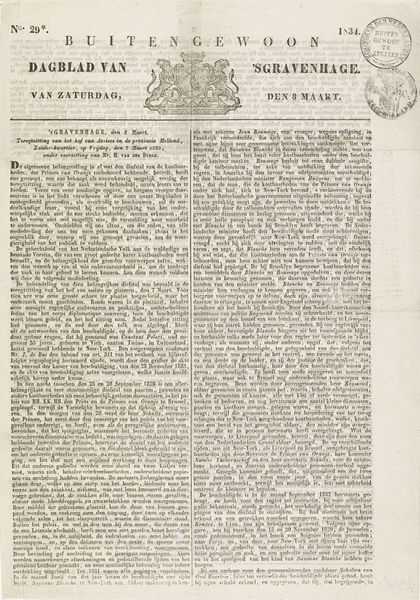
Blad met sententiën over Aernout van der Minne en Pieter Theunisse, 1673 1673
0:00
0:00
print, engraving
#
dutch-golden-age
# print
#
text
#
engraving
#
calligraphy
Dimensions: height 423 mm, width 295 mm
Copyright: Rijks Museum: Open Domain
Editor: This document, titled “Blad met sententiën over Aernout van der Minne en Pieter Theunisse, 1673,” is an engraving from 1673 by Jacobus Scheltus, housed at the Rijksmuseum. It’s…intense. So much text, it's overwhelming. How do we even begin to understand its meaning in this visual form? What can we learn from such a loaded print? Curator: Indeed, it appears overwhelming at first glance. Considering its socio-political context, it's more than just a wall of text. These are official sentences, judgments made by the Court of Holland against Aernout van der Minne and Pieter Theunisse. Remember that during the Dutch Golden Age, the law and its pronouncements were vital for maintaining civic order. The public display of these judgements was intentional. Why do you think that is? Editor: To ensure visibility? Like a public shaming? A message to the community. Curator: Exactly! Punishment wasn’t merely about retribution but also deterrence. Look at the details within the text – do you see specific actions mentioned, any phrases repeated? What do these clues suggest about the alleged crimes and the concerns of the authorities? Editor: I see accusations of sedition and public unrest, targeting government buildings... There seems to be some form of political insurrection alleged against them. So this document is a part of that reaction? Curator: Precisely! The engraving immortalizes and disseminates the ruling. Consider this document’s place within 17th-century Dutch society and how this object served to shape public opinion and maintain the established social order. What medium was chosen and how the design amplified this message? Editor: The engraving allows for mass production; print becomes power, especially for the court, against van der Minne and Theunisse, or other people who tried to defy the law. I think I can now see how that historical moment has manifested itself into that single artwork. Curator: Absolutely. By recognizing how institutions exert power and leverage imagery, this piece becomes much more informative, more revealing of its moment.
Comments
No comments
Be the first to comment and join the conversation on the ultimate creative platform.
